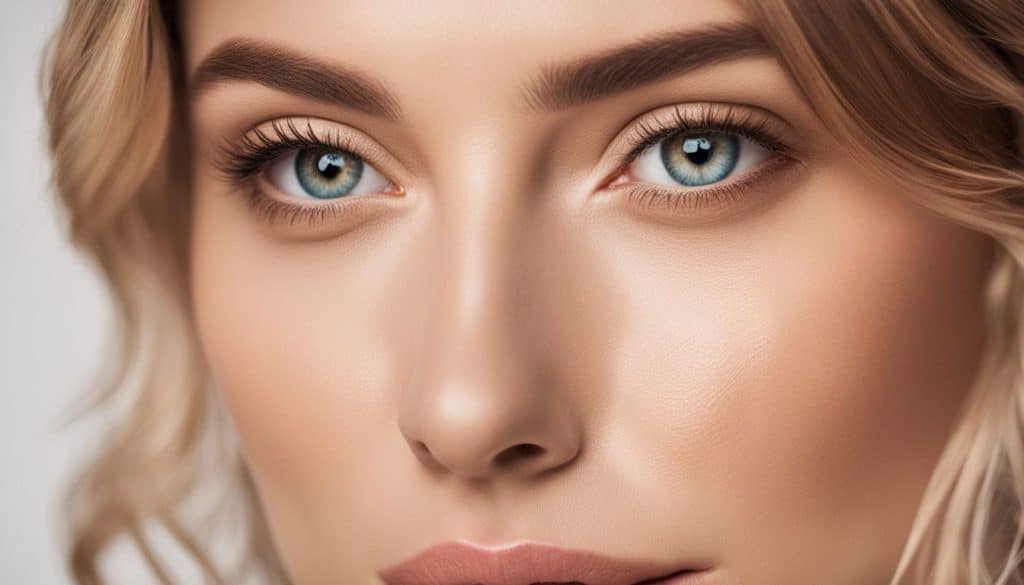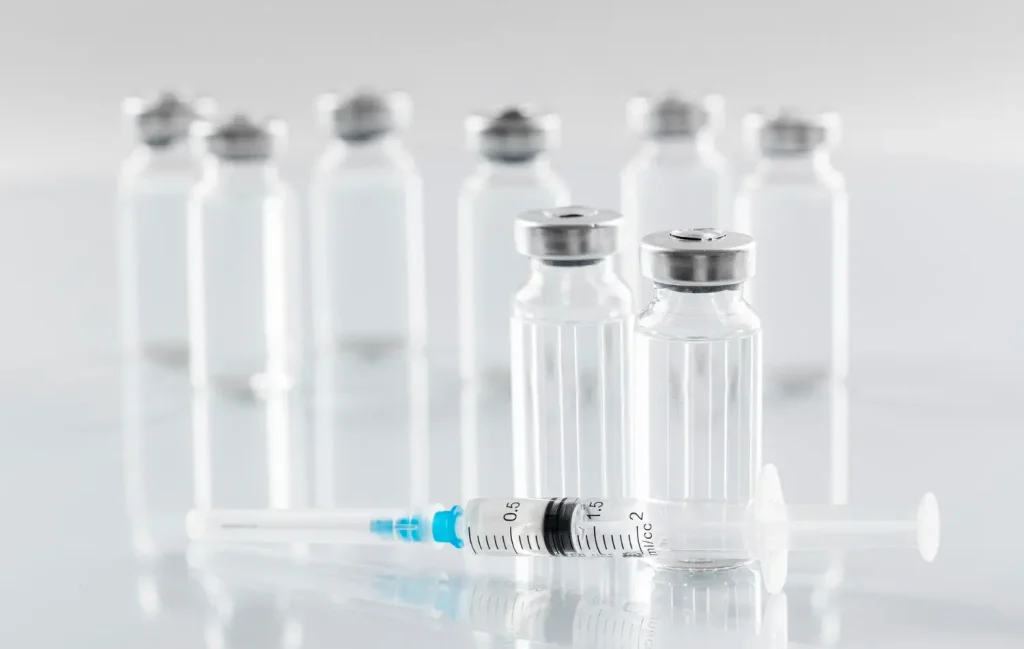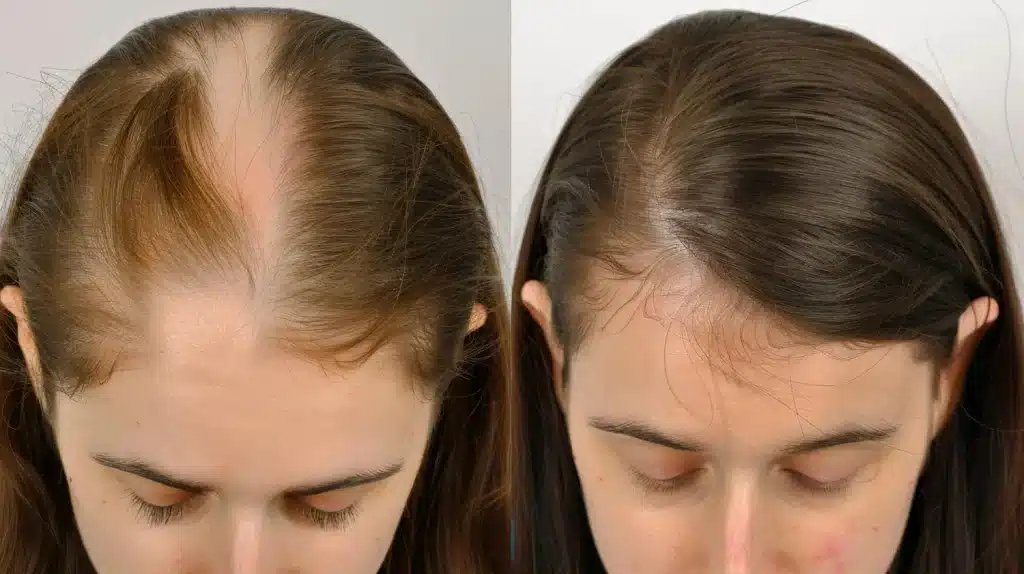Recent studies have highlighted the prevalence of under-eye concerns, with many individuals seeking treatments for dark circles and puffiness contributing to a tired appearance. These under-eye conditions are common and can significantly affect one’s self-perception and quality of life.
Restylane, a renowned hyaluronic acid filler, has been shown to effectively address these under-eye issues, offering a refreshed and rejuvenated look. Its ability to integrate smoothly into the delicate under-eye area allows for natural-looking results, making it a preferred choice for those looking to enhance their facial aesthetics without invasive surgery.
This article will examine Restylane’s transformative effects through before-and-after comparisons. We’ll discuss the procedure and its benefits and showcase real-world examples to illustrate Restylane’s potential for enhancing the under-eye area.
Key Takeaways
- Restylane is an effective treatment for periorbital rejuvenation, addressing concerns such as dark circles, hollowing, and fine lines.
- Proper injection techniques, product selection, and patient counseling are crucial for achieving natural-looking and rejuvenated outcomes.
- Managing potential adverse events and ensuring patient satisfaction is essential for successful Restylane treatments under the eyes.
Restylane Periorbital Rejuvenation – Before and After

Image Courtesy of Celibre
Photos show the magic of Restylane. Real folks, just like you and me, see significant changes. Dark circles and fine lines? Gone. Cheeks look fuller. Eyes shine brighter. Don’t take my word for it; these shots tell the whole story.

Image Courtesy of Lidlift
Before-and-after photos show real people who saw great results; their dark circles, fine lines, and hollows improved significantly.
Dark circles, hollowing, and fine lines around the eyes can make anyone self-conscious. The excellent news is Restylane has got our backs. This filler works wonders by adding volume where it’s needed most.
Understanding Periorbital Rejuvenation with Restylane

Periorbital rejuvenation is a big deal because it addresses aging signs around the eyes. This area shows age fast, making people look tired or older than they feel. Treatments like Restylane can restore youthful volume to the midface and better shape the face.
Treating the undereye area brings its own set of tough challenges. This part is super delicate and shows signs of aging or tiredness fast. Overfilling the lower eyelid hollows can make things look worse, giving a puffy look no one wants.
Turning our attention from the challenges of addressing the sensitive undereye area, Restylane stands out as a top pick for giving those eyes a refreshed look. Not every treatment gets the nod from the FDA, but Restylane Eyelight did for its knack for tackling dark circles and hollows beneath the eyes.
Best Practices for Restylane Injections Under the Eyes
The “layered feathering technique” with Restylane is a secret weapon for undereye rejuvenation. It’s all about precision and gentle touch. Injectors use tiny amounts to slowly build up the area, restoring the volume needed most.
Restylane is a go-to choice, given its track record for easing those pesky dark circles and hollows. This specific filler has won over patients and dermatologists by delivering natural-looking results that make eyes pop with youthfulness again.
Talking to patients about what they can expect is critical for successful undereye rejuvenation with Restylane. We explain that the goal is to reduce hollows, bags, and dark circles. Yet, patients need to know that results vary.
Ensuring Patient Satisfaction and Safety with Restylane Under the Eyes
Choosing the right kind of Restylane is critical to keeping patients safe and happy with their undereye injections. While doctors can use products like Restylane Defyne for lips, they can use fillers like Restylane Silk for undereye treatments. This choice helps manage risks while ensuring the treatment works well.
It’s critical to ensure that Restylane gives a natural look and refreshed feel. A study shows that using hyaluronic acid for tear rejuvenation leads to happy patients. It’s all about the skill of applying Restylane right where it’s needed under the eyes.
Ensuring patients are happy with their undereye rejuvenation is critical. Studies show that most people feel better about their look after Restylane treatments.
Conclusion
Restylane has demonstrated its effectiveness in periorbital rejuvenation, particularly in addressing concerns about the delicate under-eye area. Medical professionals can gain valuable insights into the treatment’s transformative effects by showcasing real-world examples of Restylane before-and-after images.
With a thorough understanding of periorbital rejuvenation and a commitment to patient safety, medical professionals can use Restylane to deliver natural-looking, rejuvenated results.
FAQs
1. What’s Restylane, and why do people put it under their eyes?
Restylane is a filler that helps smooth out those pesky under-eye bags.
2. How soon will I see results after getting Restylane?
You’ll start seeing magic happen in just a few days.
3. Are there any side effects to watch with Restylane under the eyes?
You might get some swelling or bruising, but don’t worry; it usually goes away fast.
4. How long does the magic of Restylane last under the eyes?
Enjoy looking fresh for up to a year before thinking about a touch-up.
References
Hill, A. (n.d.). The Craziest Eye and Vision Facts. Retrieved from https://visioncenter.org/resources/eye-vision-facts/
Hwang C. J. (2016). Periorbital Injectables: Understanding and Avoiding Complications. Journal of cutaneous and aesthetic surgery, 9(2), 73–79. https://doi.org/10.4103/0974-2077.184049
Sharad J. (2012). Dermal Fillers for the Treatment of Tear Trough Deformity: A Review of Anatomy, Treatment Techniques, and their Outcomes. Journal of cutaneous and aesthetic surgery, 5(4), 229–238. https://doi.org/10.4103/0974-2077.104910





















